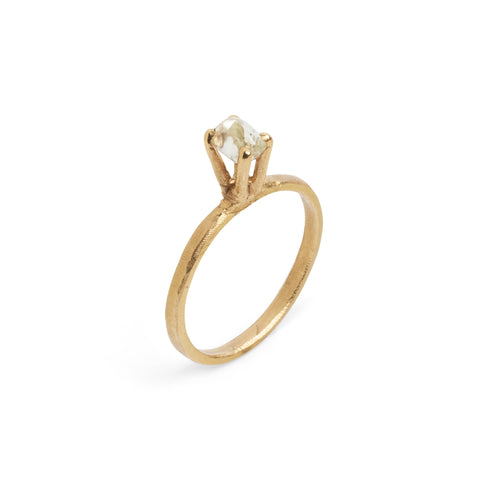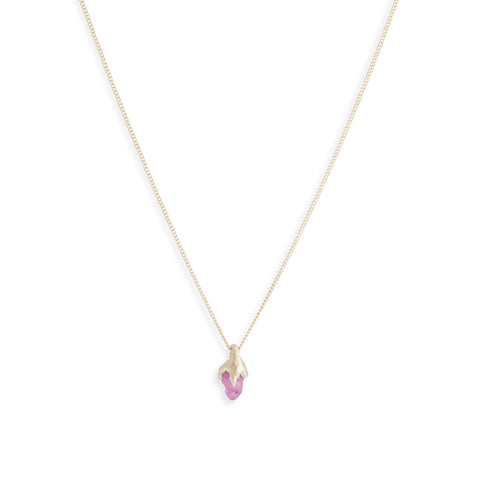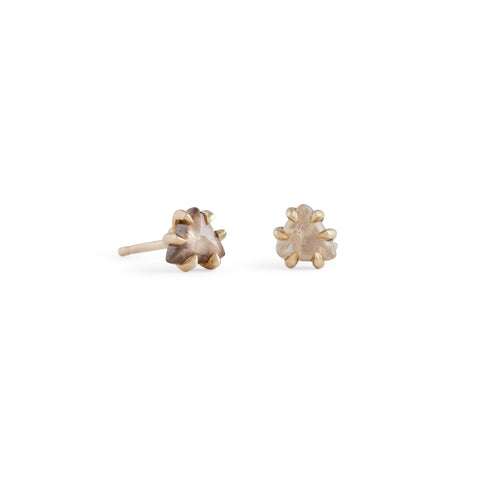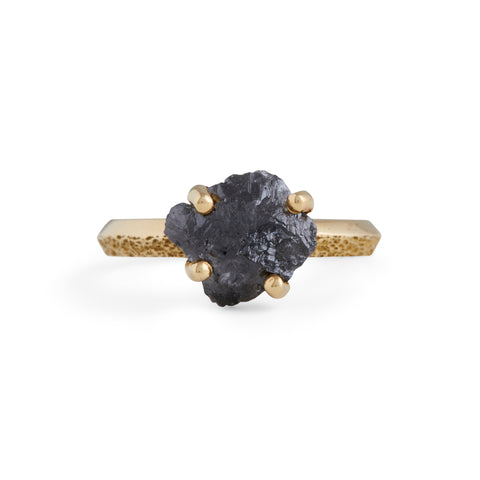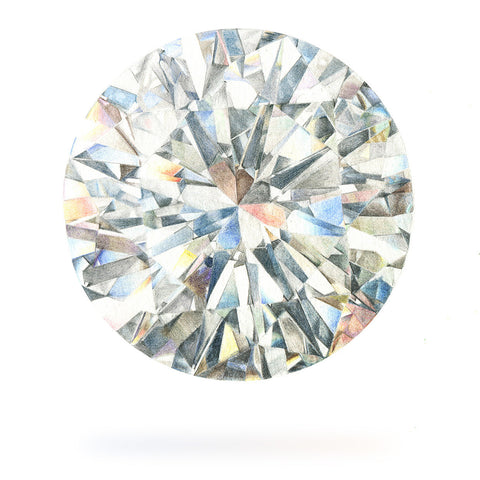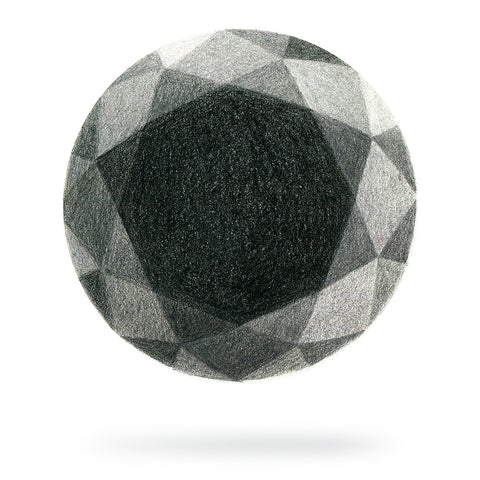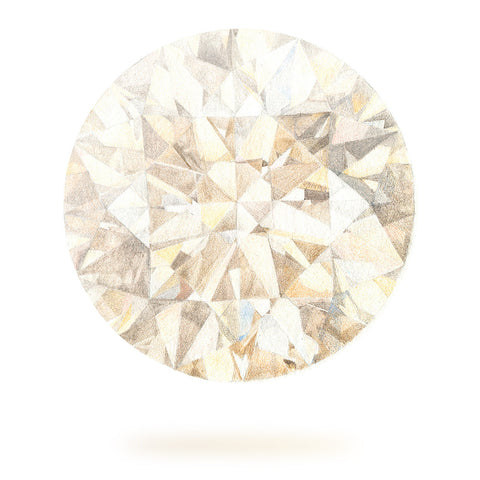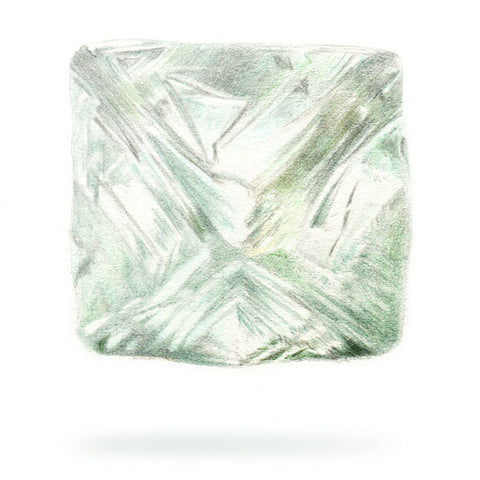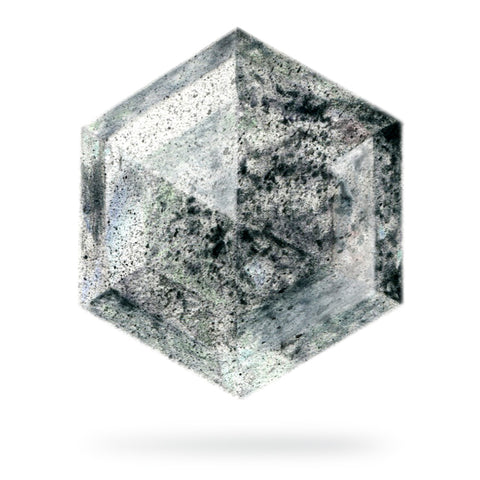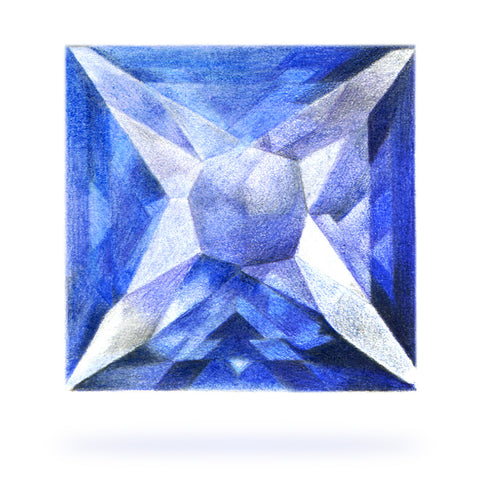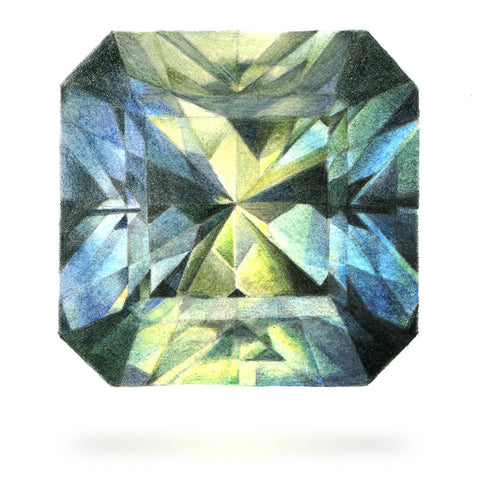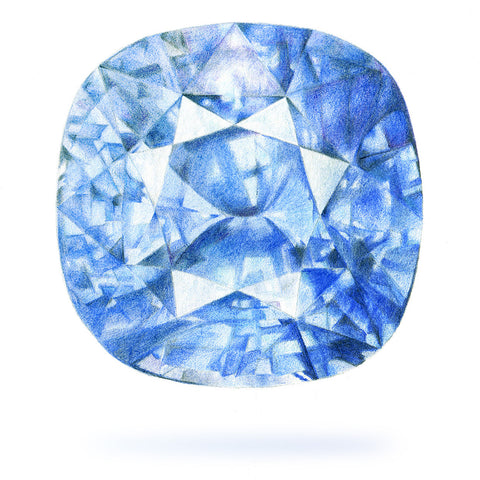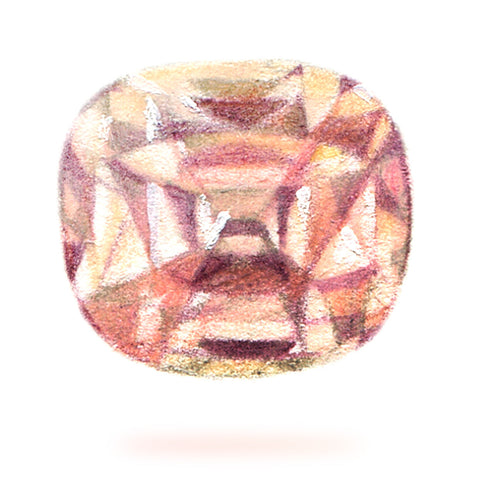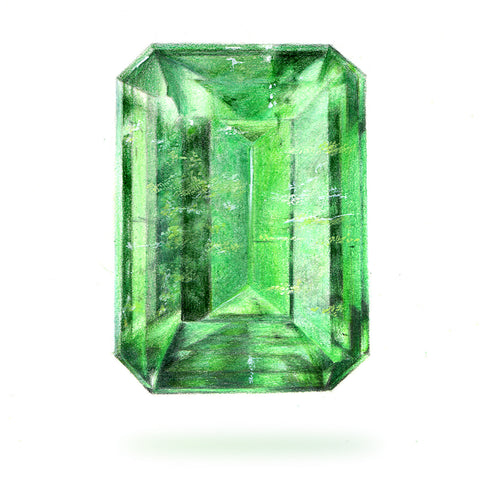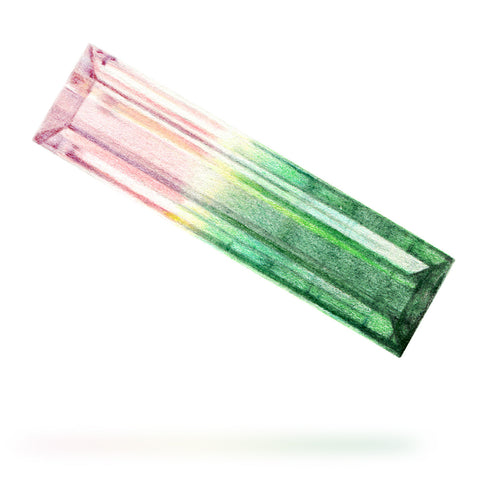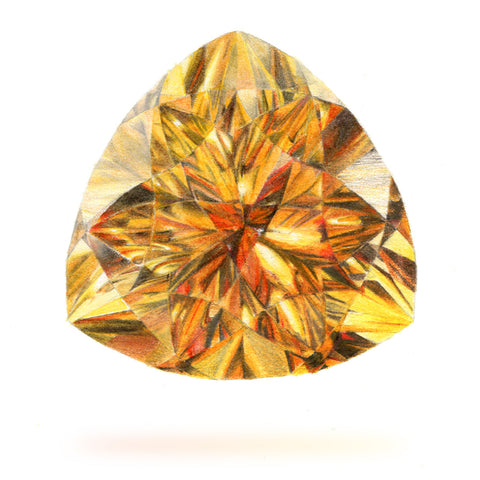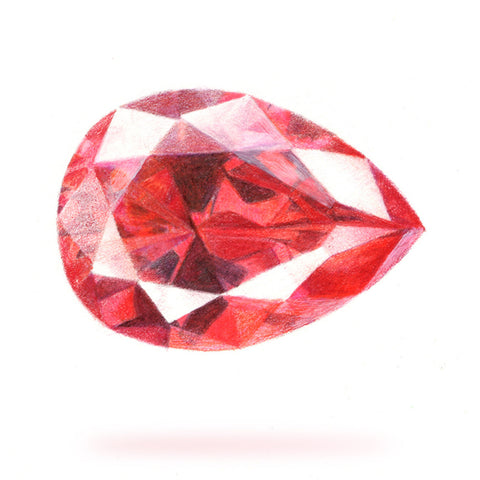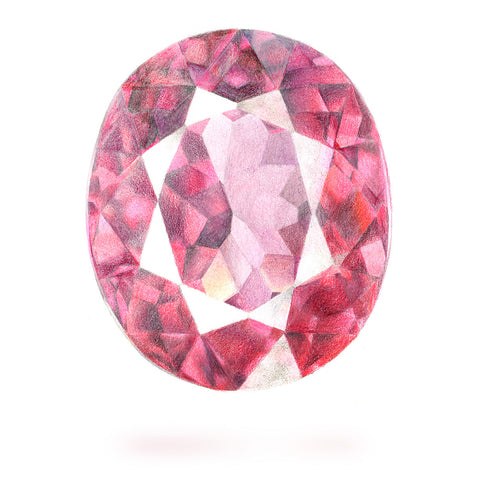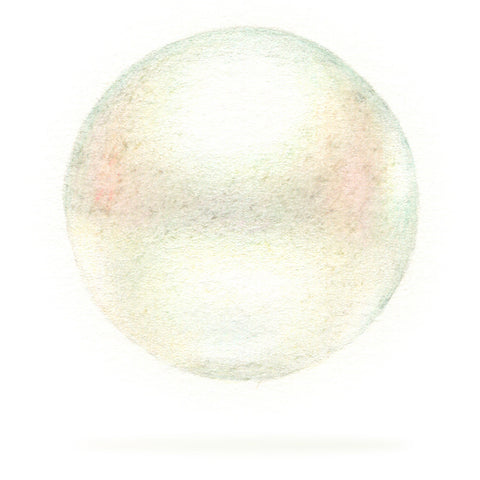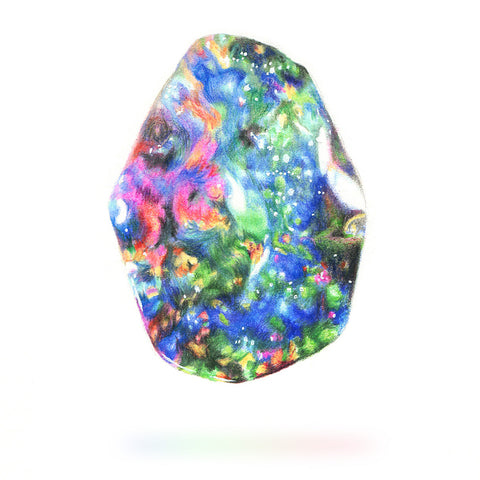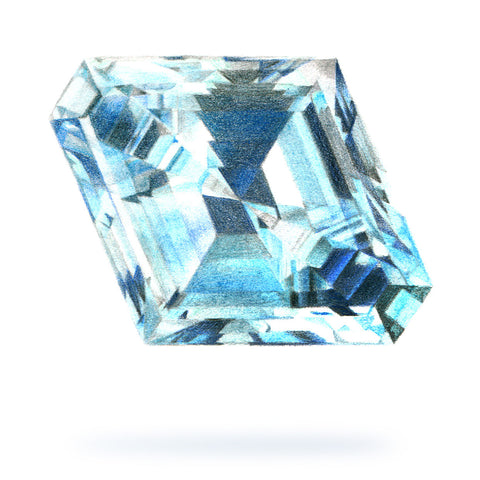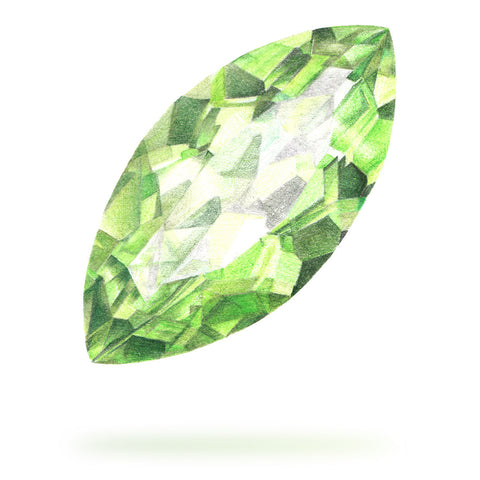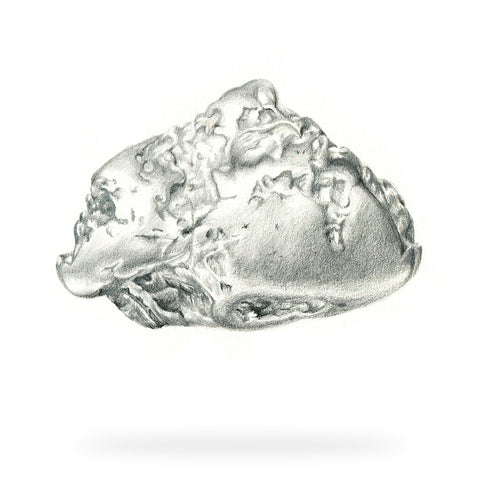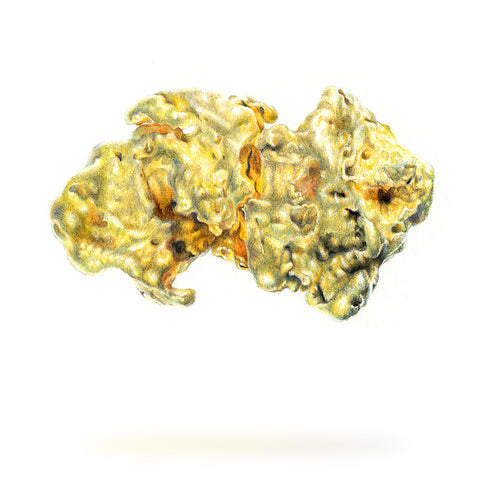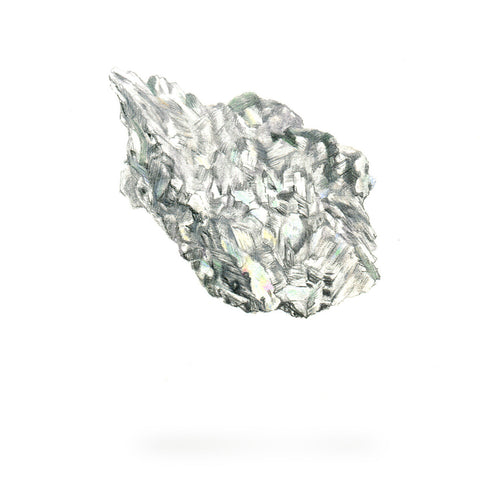Rough Diamond

A rough diamond is the uncut raw mineral in its natural state. Only in recent years has a diamond been appreciated in this form; without being cut and faceted. It is a beautiful stone whose form can change depending on the environmental forces that created it, making no two the same. It has all the hardness and excellent qualities of a diamond but a unique raw beauty that will appeal to those looking for something different.
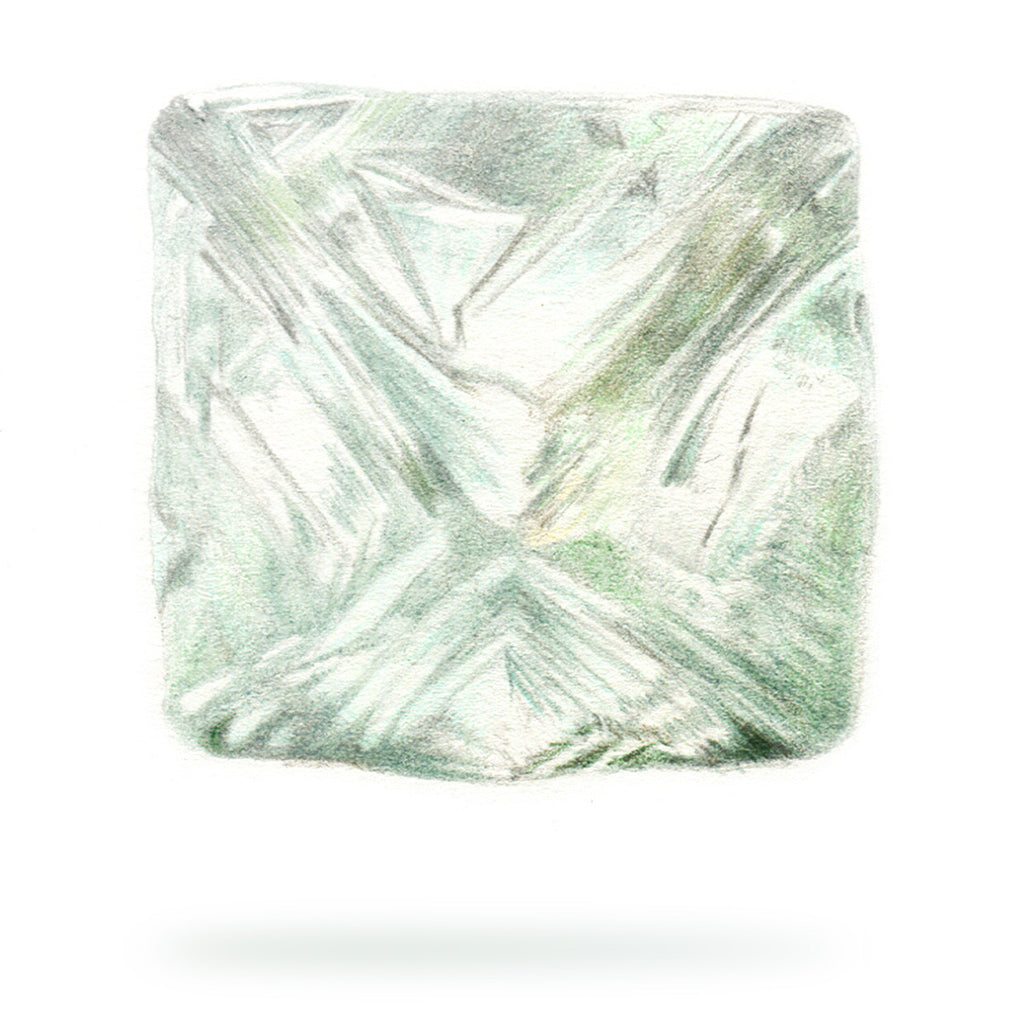
- Mineral/Diamond
- Colour/From colourless to various colours
- Moh's Hardness/10
- Birthstone/April
- Anniversary/60th & 75th
GRADING
When it comes to diamonds, the cut and polish only adds a small amount of value to the stone. It is the size and quality of the rough that determines the value. With many rough diamonds, the highest quality stones are sent to be cut and often the lower grade stones are available to the market looking for a raw stone. However this is not always the case and they can vary greatly when it comes to grading. Choose a stone that best appeals to you.
With rough diamonds, it is the overall shape that replaces cut in terms of gem grading. Octahedral diamonds are highly sought after as these are the perfect form to cleave into two pieces and facet into round brilliant cuts and other shapes. In their natural state, these eight sided beauties make for a wonderful gem. Less commonly seen are the flat triangular rough diamonds referred to as macle. Other rough might be more crystalline structured and irregular.
By not cutting or faceting the rough diamond, nothing is lost or removed from the stone; it remains in it’s natural state. It is a true expression of itself and when set into a design by a talented jeweller, the result is a true original that will stand out from the crowd. Character is truly the most important factor when selecting a rough diamond, something that goes beyond the standard 4 C’s of diamond grading
HISTORY
For most of history, rough diamonds were used in their raw state in jewellery until gem cutting technology developed to cut this hard mineral in the 1500s. The history of diamonds is connected to wealth and status as well as love and romance with diamonds becoming the gem of choice for engagement rings in the 20th century.
Diamonds are formed deep in the earth and come to the surface via volcanic activity. Their geological age is between 1-3 billion years and no two are the same. This is most apparent when looking at a rough diamond in it’s true natural state, prior to cutting and polishing. While these processes refine the stone and its brilliance, they also remove its original, natural characteristics.
CARE
We highly recommend rough diamonds for all types of jewellery but especially for rings as they are the most resistant to wear over time. A rough diamond is an excellent choice for longevity but be aware that any stone can break if it is hit hard enough, even a diamond. Wear all jewellery with care and avoid exposure to abrasive materials, harsh chemicals and extreme changes in heat.
To clean, soak your diamond piece in a dish of warm soapy water and use a soft toothbrush to gently brush away any built up residue. You can also use a jewellery cleaning cloth or professional jewellery cleaning products developed to be safe on diamonds. Professional jewellers like Pieces of Eight use an ultrasonic machine to clean your diamonds; bring them in for an annual clean and check.



